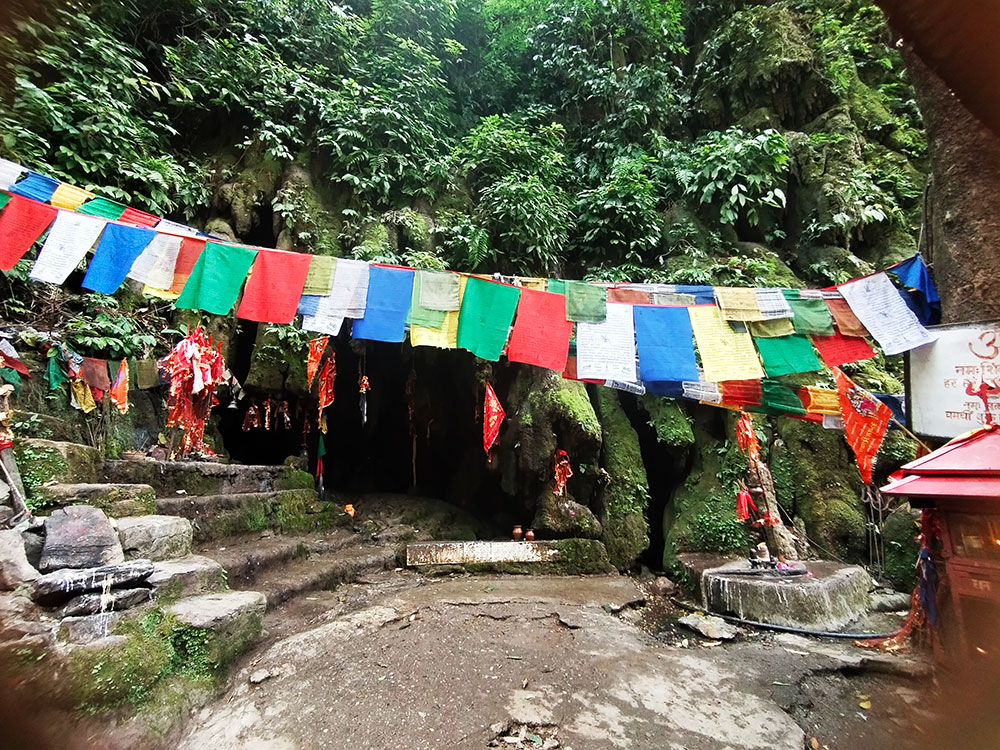YK Poudel | Samtse
Amidst the lush forests and towering mountains of Bukay in Samtse lies a sacred site that has been drawing pilgrims for centuries.
The Mahakal Dham is a Hindu temple dedicated to Lord Shiva, the destroyer of evil. The temple is believed to be one of the oldest in Bhutan, and it is said to be one of the sites where Lord Shiva meditated and performed penance.
Located just 10.3 kilometres from Samtse town, the Mahakal Dham is a beautiful and peaceful place. The small temple is built in the traditional Bhutanese style, with a sloping roof.
The temple, significant for both Hindu and Buddhist faithful, is especially busy during the annual Maha Shivaratri festival, which is celebrated in between February and March. During the season, thousands of pilgrims come to the temple to pray and offer sacrifices to Lord Shiva.
Mahakal Dham is managed by about 30 members of Bukay Dham Community Forest (BDCF). Pujari Basant Bhandari said that the exact origin and formation of the scared dham remains unknown. “The story passed down from our ancestors is that a herder discovered the sacred dham and gradually became a prominent destination for pilgrims.”
Devotees believe that their wishes get fulfilled, making it worth visiting. Hindu devotees from neighbouring Indian states of West Bengal, Darjeeling, and Sikkim visit the dham from autumn until the late spring seasons.
There are two magnificently limestone caves in the dham. The larger one is believed to be a sacred place of Lord Shiva where he meditated. It has a place of offering deep inside the cave. It is believed to have two parts: inner and outer parts.
“The devotees offer milk and bael patta (Aegle marmelos) to Lord Shiva and seek blessings,” said Basant Bhandari.
The pilgrims bang one of the unique rock formations believed to be the damaru (two-headed ritual drum) of Lord Shiva, chanting in unison “Bam-Bam Bhole, Jai Bholenath or Har Har Mahadev!”
Another cave, smaller in size, is believed to be the cave of Goddess Devi, which is popular among female pilgrims.
The location of the Dham at the trijunction of two gewogs of Samtse and India is a popular eco-tourism destination. For Buddhists, the dham is the sacred place of Avalokiteshvara (Chenrigzig) and Mahakala (Pal Yeshey Gonpo).
BDCF’s chairman, TS Ghalley, said that fund constraint is a major challenge for the committee. During monsoon, the dham remains closed because of the swelling river. “We have proposed a paved road until the base camp and a better footpath with railing to Dzongkhag Tshogdu.”
A visitor from India said that railings need maintenance and the path is challenging. “Accidents can happen.”
Basant Bhandari said that dham could be marketed as a unique tourism product to bring international tourists to the south.


